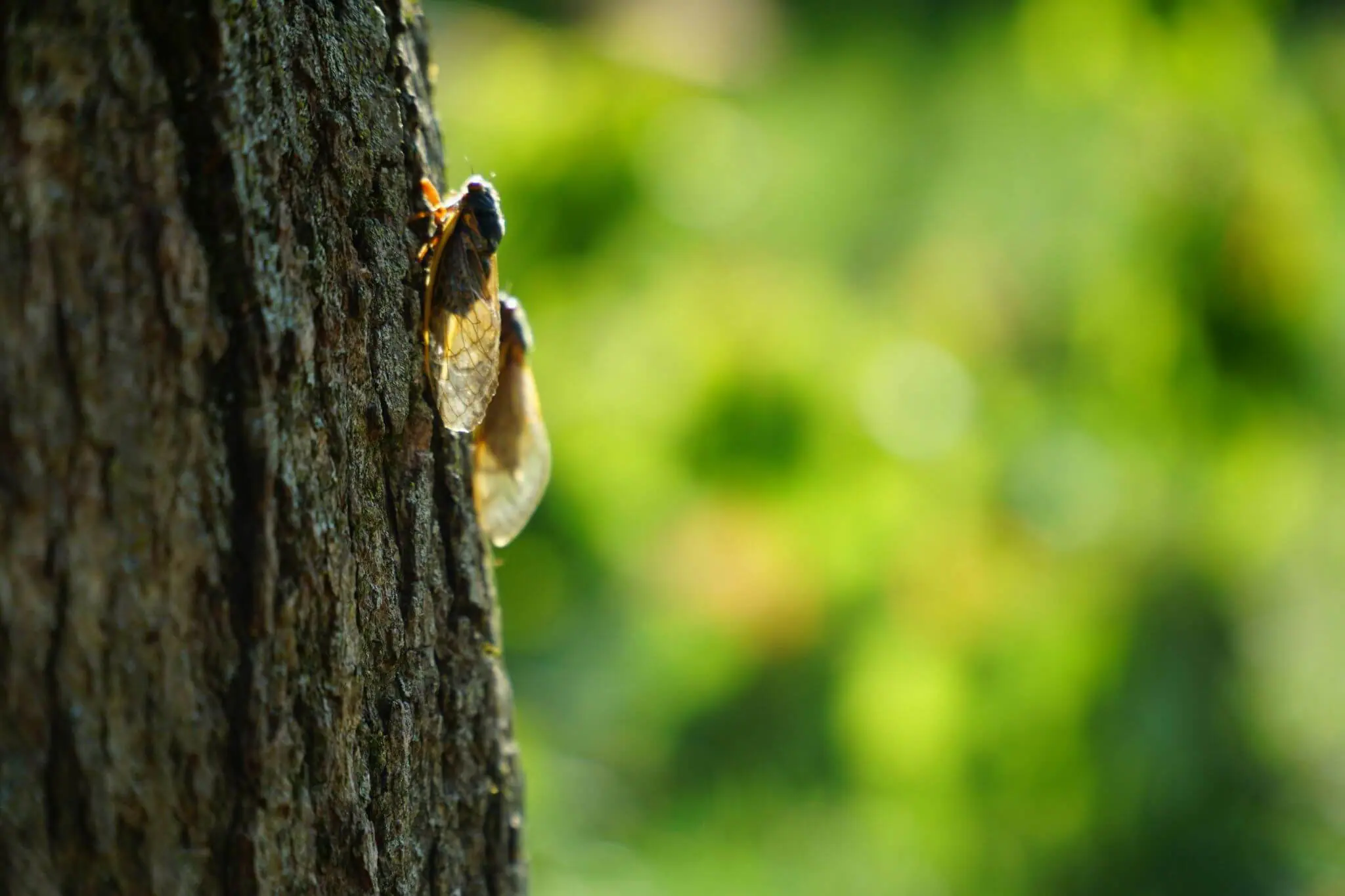The Cicada Spectacle: A Feast for Feeder Birds

During the arrival of billions of cicadas in a rare double-brood event across the U.S., a hidden spectacle unfolds for bird enthusiasts and nature lovers alike. As these insects emerge from their underground slumber, they not only amaze with their deafening mating rituals but also provide a feast for our feathered friends.
Billions of cicadas, adhering to 13-year and 17-year cycles, will orchestrate an emergence last observed in 1803. This year's spectacle, predominantly across the Midwest and Southeast, promises a once-in-a-lifetime phenomenon. Spending most of their lives underground feeding on tree roots, cicadas emerge as soil temperatures hit about 64 degrees Fahrenheit. From late April to June, they shed their exoskeletons and unfurl their wings transitioning into adulthood. Despite the temporary nuisance they pose, it’s important to acknowledge their ecological significance.
Amongst the fascination surrounding cicada emergence, it's essential to address some misconceptions perpetuated by recent reports. Contrary to widespread belief, the two broods don’t occur in the same geographic locations—except for a possible sliver in Illinois. As noted by the University of Connecticut, "13-year Brood XIX and 17-year Brood XIII do not overlap to any significant extent. They may co-occur in patches of woods, but these patches will be small in size."
As entomologists and ecologists affirm, there's little cause for alarm regarding cicadas. While their presence might irk some due to their sheer numbers and noise, they pose minimal threat to humans and infrastructure.
- Minimal Threat to Humans: Cicadas do not pose risks to humans; they neither bite nor sting nor do they spread diseases.
- Source of Food for Wildlife: Cicadas provide essential nourishment for wild birds and various other animals, contributing to the biodiversity of ecosystems.
- Integral to Ecosystem: These insects play a crucial role in ecosystem health, pruning weak branches, aerating soil, and providing nutrients for trees.
- Short Lifespan: Cicadas only live for 4-6 weeks, emphasizing the urgency to appreciate and protect their important role in the ecosystem.
Join us in appreciating the wonder of this spectacle and acknowledging the resilience of these insects! By fostering a pesticide-free environment, we're safeguarding birds and playing our part in preserving biodiversity for future generations.
Speaking of preserving biodiversity, did you know that North America has experienced a significant decline of over 3 billion breeding birds in the last 50 years? This decline is primarily attributed to habitat loss, degradation, and collisions with man-made structures. To combat this trend, check out our guide on Creating a Backyard Sanctuary for Birds. By making your yard bird-friendly, you play a vital role in bird conservation efforts, contributing to the preservation of avian species and their habitats.
